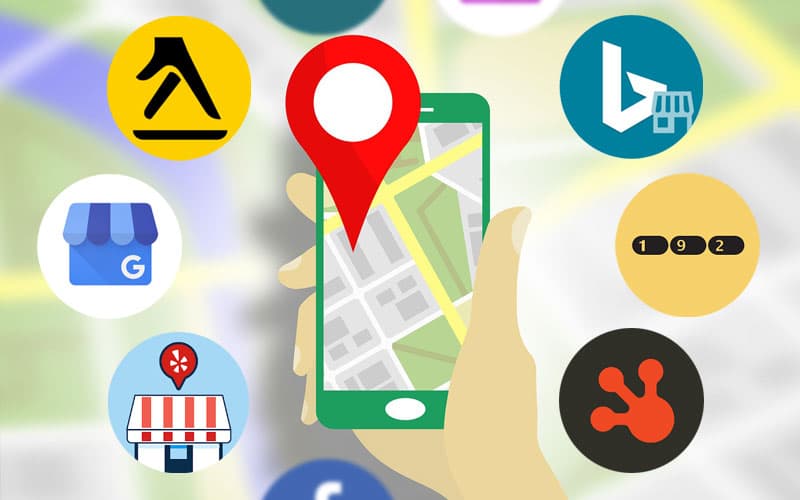One of the simplest, most effective tools I’ve used to attract clients and grow brand awareness is the local business directory. It might sound old-school in the age of social media and AI, but when done right, it delivers real, measurable results.
What Is a Local Business Directory—and Why It Still Works
Think of a local business directory as a modern-day Yellow Pages, but smarter. It’s an online database that lists businesses by location and category, making it easier for people in your area to discover you. Most directories today are integrated with search engines and map services—meaning if someone nearby searches for “graphic designer near me,” your listing could show up front and center.
Some of the most impactful directories I’ve used include:
Google Business Profile
Yelp
Bing Places
Apple Maps
Niche-specific directories (e.g., Houzz for home services, TripAdvisor for tourism)
My Personal Results Using Local Directories
When I first started my design business, I didn’t have a marketing budget. But listing my business on Google Business Profile and a few local directories cost me nothing—and within weeks, I started getting calls.
Here’s what I noticed:
40% of my first-year clients found me via local listings
Reviews built trust before I even spoke with potential customers
I consistently outranked competitors who had nicer websites but weren’t listed anywhere
It was clear: presence in the right places beats perfection in the wrong ones.
What Makes a Good Listing Stand Out
Based on trial and error, here’s what I’ve learned makes the difference between a passive listing and one that drives action:
Clarity and Consistency: Your business name, address, phone, and hours must match exactly across all platforms. Inconsistent info confuses search engines—and people.
Professional Photos: Invest in good images. People judge visuals fast.
Real Reviews: Ask for reviews—don’t fake them. A steady stream of honest feedback builds long-term trust.
Useful Descriptions: Go beyond “we do great work.” Tell people what problem you solve and how.
Active Management: Don’t "set it and forget it." Update listings when you change services, hours, or team members.
What Most Business Owners Get Wrong
Many business owners think just being listed is enough. That’s like printing a business card and never handing it out.
Here are some mistakes I’ve made—and corrected:
Ignoring negative reviews (you have to respond professionally)
Using stock images instead of real ones
Forgetting to update holiday hours
Not linking back to my website
Skipping niche or industry-specific directories
Directories That Worked Best for Me
Not all platforms perform the same. From my experience:
Google Business Profile brought the most traffic and conversions
Yelp worked best for service-based businesses (especially when customers used the app)
Local chamber directories were great for B2B exposure
Facebook and Instagram business profiles complemented my directory presence with social proof
If you’re in hospitality, food, wellness, or services—TripAdvisor, Zomato, or Treatwell can also be very effective.
Final Thoughts: Don’t Overlook the Basics
It’s easy to get distracted by the latest marketing trend, but the fundamentals still matter. A well-optimized Local Business Directory listing is one of the lowest-cost, highest-impact tools in your marketing toolkit. It improves your local SEO, increases brand awareness, and builds credibility.
From one business owner to another—get listed, stay updated, and engage with your community online. It’s a small step that leads to big wins.









